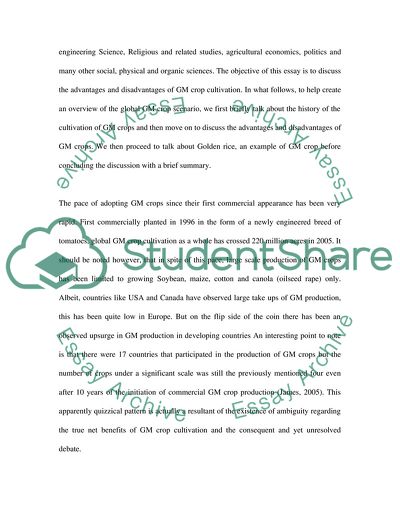Cite this document
(The Advantages and Disadvantages of Genetically Modified Agricultural Essay, n.d.)
The Advantages and Disadvantages of Genetically Modified Agricultural Essay. https://studentshare.org/agriculture/1710115-acadamic-methods-essay
The Advantages and Disadvantages of Genetically Modified Agricultural Essay. https://studentshare.org/agriculture/1710115-acadamic-methods-essay
(The Advantages and Disadvantages of Genetically Modified Agricultural Essay)
The Advantages and Disadvantages of Genetically Modified Agricultural Essay. https://studentshare.org/agriculture/1710115-acadamic-methods-essay.
The Advantages and Disadvantages of Genetically Modified Agricultural Essay. https://studentshare.org/agriculture/1710115-acadamic-methods-essay.
“The Advantages and Disadvantages of Genetically Modified Agricultural Essay”. https://studentshare.org/agriculture/1710115-acadamic-methods-essay.


